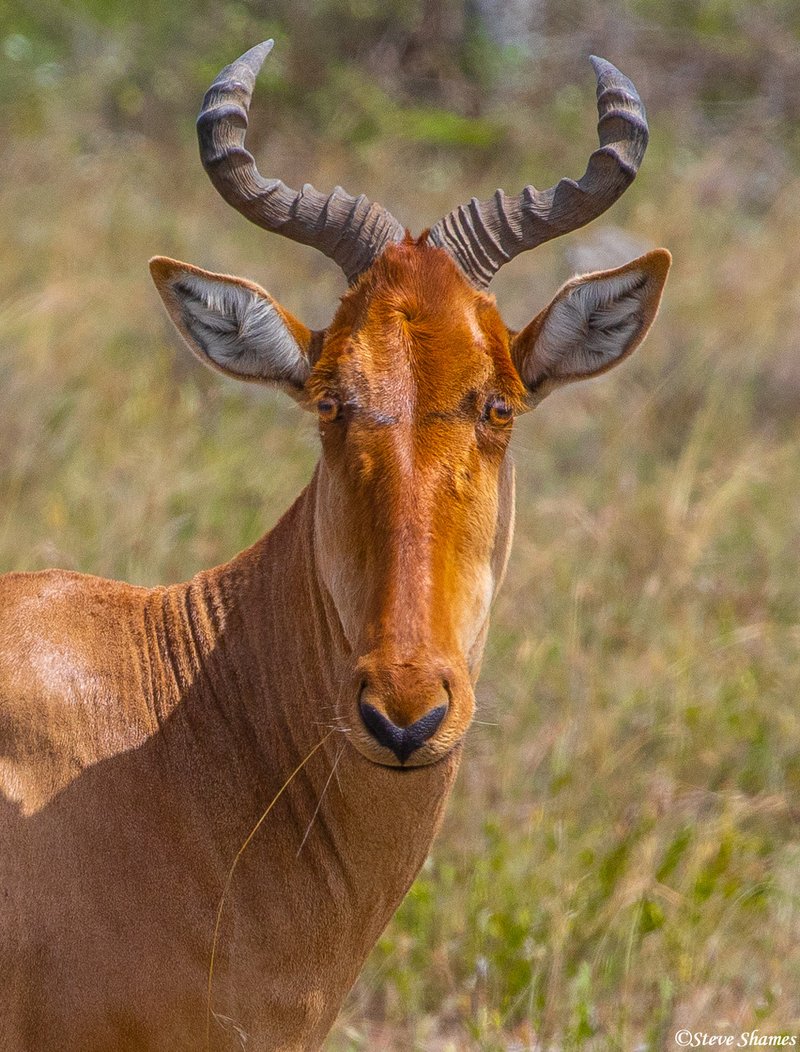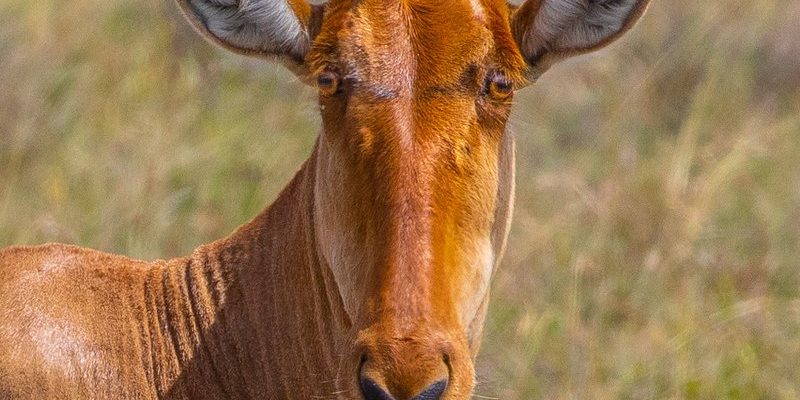
Honestly, understanding how the hartebeest is represented in cultural contexts can be like peeking into a window of history, beliefs, and interactions between humans and nature. Just as a beautifully woven tapestry showcases the stories of its threads, the role of the hartebeest in folklore reveals insights about the societies that honor it. So grab your favorite drink, and let’s dive into the fascinating world of the hartebeest and its cultural significance!
The Hartebeest: An Introduction
The hartebeest, known for its distinctive long face and strong body, is commonly found in grasslands and savannahs across Africa. It may not have the same level of fame as other African animals, but it has captured the imagination of various communities. The scientific name for hartebeest is *Alcelaphus buselaphus*, and these animals are often admired for their resilience and adaptability in diverse environments.
You might be wondering what makes the hartebeest so special in cultural lore. Well, many African tribes see the hartebeest as a symbol of endurance. Its ability to thrive in challenging landscapes has led to stories and myths that highlight its strength and agility. In this way, the hartebeest becomes a metaphor for overcoming life’s obstacles, making it a powerful figure in many cultures.
Additionally, the hartebeest’s unique appearance has sparked creativity among local artists and storytellers. From intricate carvings to vibrant paintings, the animal often serves as a muse, reflecting the bonds between nature and human creativity.
Hartebeest in African Folklore
In several African cultures, the hartebeest appears prominently in folklore. For many, it symbolizes speed and agility, qualities that are admired in both animals and humans. For instance, stories often portray the hartebeest as a clever creature, one that outsmarts predators through its quick thinking and impressive jumping skills. This trickster aspect allows the hartebeest to take on a heroic role in various tales.
Let’s take the Maasai people, for example. In their stories, the hartebeest sometimes serves as a messenger or guide, leading lost tribe members back to safety. This unique representation emphasizes the importance of community, cooperation, and the deep connection between the Maasai and the wildlife surrounding them.
Furthermore, different tribes might tell stories that hint at the animal’s spiritual significance. In some areas, the hartebeest is believed to possess a special connection to ancestors, acting as a bridge between the living and the spirit world. These beliefs often manifest in rituals or ceremonies that honor the hartebeest and its role in the ecosystem.
Artistic Representations of the Hartebeest
Art has always been a way for cultures to express their relationship with nature, and the hartebeest is no exception. Across Africa, artists create vivid depictions of this antelope that reflect its beauty and spirit. Statues, paintings, and textiles often showcase the hartebeest in various settings, from the dry plains to lush grasslands, capturing its essence.
These artistic representations can serve multiple purposes. On one hand, they celebrate the animal’s physical attributes—its strong legs, distinctive horns, and agile body. On the other, they often carry deeper meanings, symbolizing resilience, survival, and adaptability in challenging environments.
Additionally, the hartebeest’s image can be found in traditional beads, jewelry, and clothing. Craftspeople use its likeness to tell stories about community, identity, and connection to the land. By incorporating the hartebeest into everyday items, these artists keep the animal’s symbolism alive in their culture.
Hartebeest in Literature and Storytelling
The representation of the hartebeest extends into literature and oral traditions as well. Many authors and storytellers draw on the hartebeest’s characteristics to convey moral lessons or values. These stories often showcase the animal’s intelligence, courage, and ability to navigate challenges, making it a relatable character for audiences of all ages.
One common theme in these narratives is the idea of teamwork and the importance of community. The hartebeest often collaborates with other animals, showing that working together can lead to shared success. This mirrors the dynamics of human societies, where cooperation is vital for overcoming obstacles.
Moreover, children’s stories frequently employ the hartebeest as a character to impart wisdom. By teaching kids about resilience through the adventures of the hartebeest, storytellers instill important life values in younger generations.
The Hartebeest as a Symbol of Conservation
In recent years, the hartebeest has gained recognition as a symbol of wildlife conservation efforts. As habitats are threatened by human activity, understanding the significance of animals like the hartebeest becomes crucial in promoting awareness and action. Various organizations now use the hartebeest in campaigns to educate communities about preserving biodiversity and protecting endangered species.
This shift in representation is important because it connects the animal’s cultural significance with modern conservation efforts. People begin to see the hartebeest not just as a creature of folklore but as a crucial part of the ecosystem that warrants protection.
By highlighting the hartebeest in educational materials, conservation organizations aim to bridge the gap between cultural heritage and environmental responsibility. This approach fosters appreciation for wildlife and inspires action towards preserving natural habitats.
The Hartebeest in Modern Media
Today, the hartebeest continues to inspire people through various forms of modern media. Documentaries, wildlife shows, and films often feature this remarkable antelope, showcasing its role in the African ecosystem and elevating its status among wildlife enthusiasts. As audiences watch and learn about the hartebeest’s behavior and habitat, they become more connected to its story.
Moreover, social media platforms have given rise to a new wave of advocacy for wildlife, including the hartebeest. Creators share images, facts, and stories that highlight the animal’s beauty and importance. This grassroots movement fosters a community of wildlife lovers committed to raising awareness about conservation.
The fascinating blend of traditional and contemporary depictions of the hartebeest reminds us that its cultural legacy continues to thrive, connecting people across time and space. By engaging with these representations, we deepen our understanding of the animal and its impact on human culture.
The hartebeest may roam the savannahs of Africa, but its heart beats strong in the tales and traditions of various cultures. From folklore and art to modern media and conservation efforts, this antelope embodies resilience, adaptability, and a deep connection to nature. Through its representation in culture, the hartebeest teaches us valuable lessons about community, cooperation, and the importance of protecting our environment.
As we continue to explore the significance of animals like the hartebeest, we gain a richer appreciation for the stories they tell and the legacies they leave behind. In many ways, the hartebeest serves as a reminder of our shared responsibility to protect the natural world, ensuring that future generations can marvel at its beauty and significance.

